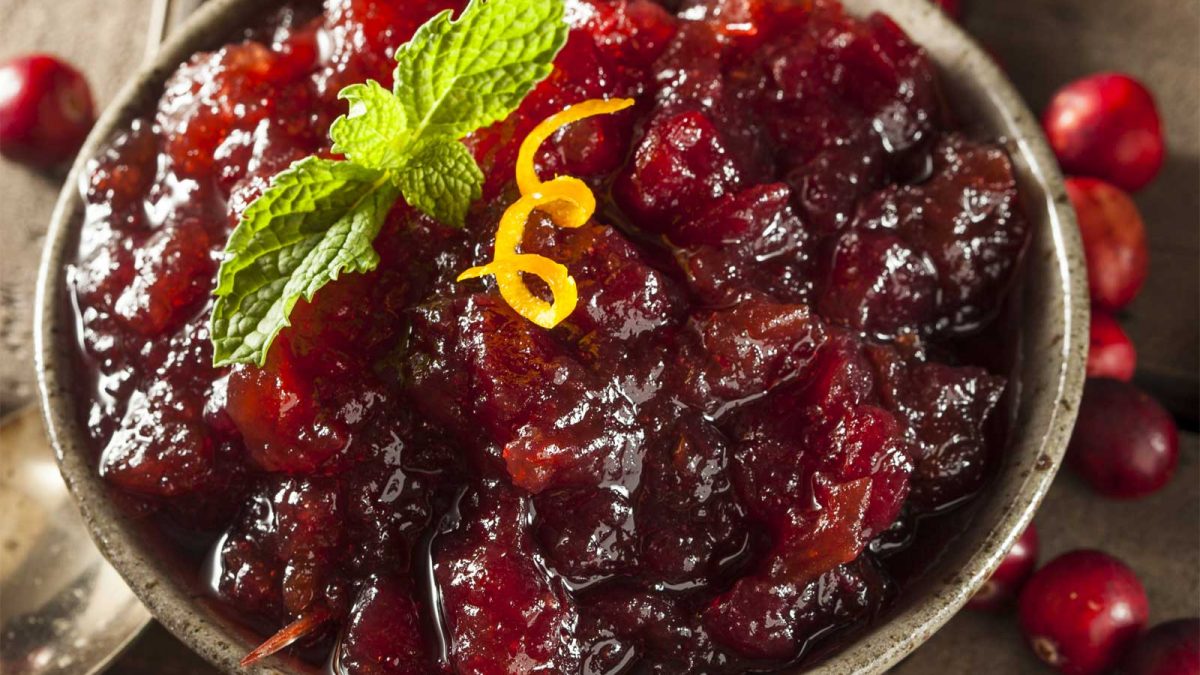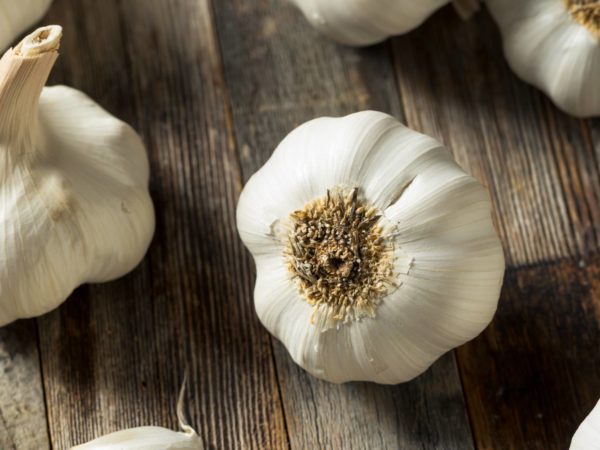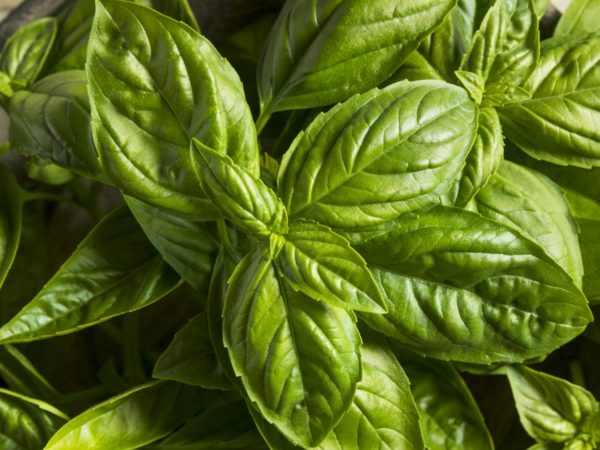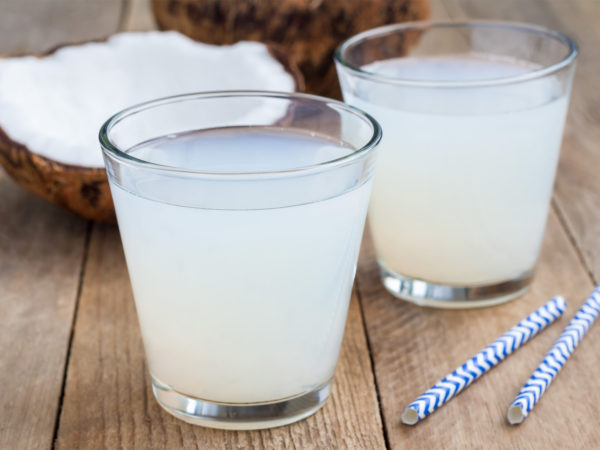Are Your Cranberries Contaminated with THESE?
Turkey, sweet potatoes, pumpkin pie… and cranberries. Thanksgiving just wouldn’t be complete without a dose of these tart little fruits.
In fact, each year, approximately 80 million pounds of cranberries are enjoyed during Thanksgiving week alone, starring in everything from fruit salads and festive cocktails to baked dishes and desserts.
And cranberries are loaded with health benefits. They rank second only to blueberries in antioxidant capacity (among fruits). They also act as a strong alkalizing agent in the body, reduce the risk of urinary tract infections and promote cellular health.
But I have some very bitter news to share…
Cranberries contain high levels of dangerous pesticides.
Cranberries… with a Side of Chlorpyrifos
The main pesticide used on cranberries is chlorpyrifos (or Dursban).
This organophosphate – a group of compounds originally developed as chemical warfare agents by the Nazis in the 1930s – damages DNA while also causing toxic effects to the brain and nervous system.
Like other organophosphates, chlorpyrifos is also an endocrine disruptor, causing a wide variety of effects on your hormonal system – from promoting weight gain to increasing the risk for diabetes and infertility.
And get this: Dursban is so dangerous that many of its uses were banned by the U.S. Environmental Protection Agency (EPA) in 2000. However, it hasn’t been entirely eliminated. Existing supplies are still being used while the chemical is “phased out.” And much of that ends up on conventional crops.
Take a look at the research on the effects of chlorpyrifos:
- In two studies conducted last year, babies of women who had been most exposed to two organophosphates, chlorpyrifos (Dursban and Lorsban) and diazinon (Spectracide), had significantly lower birth weights.
- A recent Harvard study found that children with high levels of these types of pesticides in their urine were almost twice as likely to develop ADHD as those with undetectable levels.
- The Silent Spring Institute found that the dozen Massachusetts towns that form the epicenter of the cranberry industry (and where chlorpyrifos is widely used) were found to have breast cancer rates at least 15% higher than the rest of the state.
- A study published in Diabetes Care found that people with the highest level of exposure to pesticides had a 3,700% increased risk of diabetes.
- Organophosphates also cause developmental damages to fetuses and children – even in low doses that are considered “safe” by the FDA. One study showed that chlorpyrifos exposure – measured by umbilical cord blood concentration – corresponded to a significant decrease in mental and motor development among newborns. Another study, conducted at Harvard, showed that children exposed to these chemicals in the womb were an average of nearly 2 years behind in developmental functions!
But it’s not just cranberries that are contaminated with organophosphates – its many “healthy” fruits and veggies. To learn more about which foods to avoid (and always buy organic), and the easy ways you can to detoxify, check out The Dirty Dozen.
And this Thanksgiving, bring organic cranberry sauce to the table to avoid that side of chlorpyrifos. Not only will you reduce your family’s exposure to harmful toxins, but you’ll also get more antioxidants while protecting the environment too!




Leave a Reply